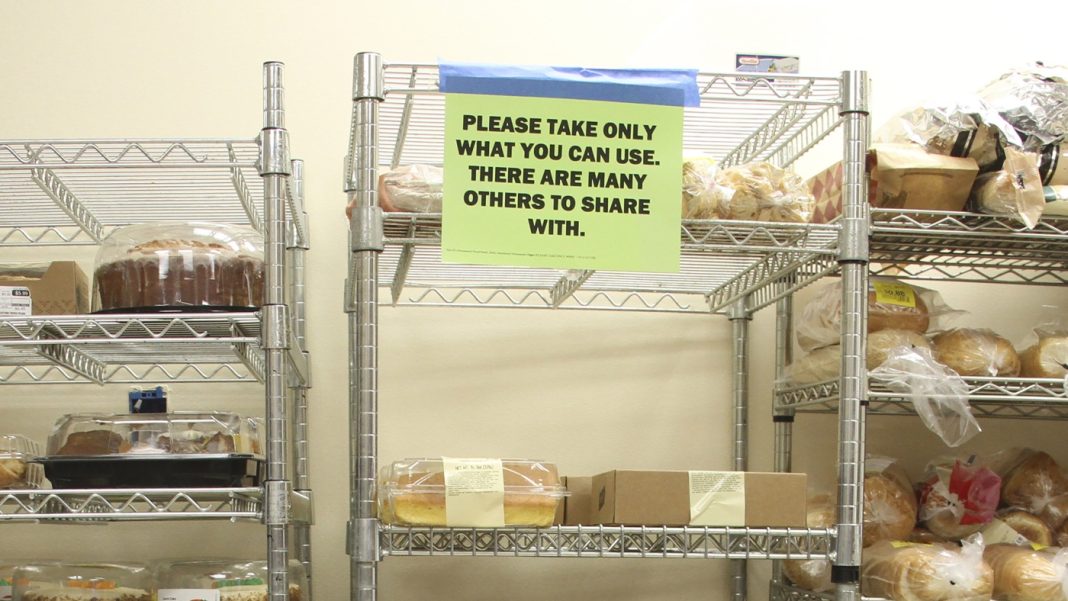Imagine this: 42 million of your fellow citizens, enough to populate a medium-sized country, are staring down the barrel of losing critical food aid. This isn’t some distant crisis; it’s a stark reality unfolding right here, right now, as a government shutdown drags on. It’s a situation that goes beyond headlines and political debates, reaching directly into the homes and kitchens of millions of American families.
The Staggering Scope of the Food Aid Threat
When we talk about 42 million people, we’re not just throwing around a big number. We’re talking about the backbone of food assistance programs that millions rely on to put food on their tables every single day. These programs, like the Supplemental Nutrition Assistance Program (SNAP), often known as food stamps, and the Special Supplemental Nutrition Program for Women, Infants, and Children (WIC), are not luxuries. They are lifelines.
For many, these programs bridge the gap between keeping their families fed and facing the harrowing reality of hunger. A government shutdown isn’t just about closing national parks or delaying paychecks for federal employees; it’s about the potential cessation of these vital benefits. Without a budget agreement, the funds that keep these programs afloat could dry up, leaving an unprecedented number of people scrambling for their next meal.
More Than Just Missed Meals: The Human Cost
The potential loss of food aid isn’t just about an empty fridge; it’s about the immense stress and despair it places on vulnerable populations. Think about the single parent working two jobs who relies on SNAP to ensure their children don’t go to bed hungry. Consider the elderly couple on a fixed income who depend on WIC to supplement their groceries with nutritious items. Or the expectant mother who counts on WIC for healthy food options crucial for her and her baby’s well-being.
“We’re already seeing families stretched thin, and this just pushes them past the breaking point,” shared Maria, a dedicated volunteer at a community food bank. “It’s not just about missing a meal; it’s about the deep anxiety of not knowing where your next meal will come from, especially for kids. It impacts their ability to learn, their health, and their overall sense of security.”
The ripple effects are profound. Food insecurity can lead to poorer health outcomes, decreased productivity, and significant mental health challenges. For children, consistent access to nutritious food is fundamental for their development and educational success. Pulling the rug out from under these programs means risking a domino effect of social and economic hardship that will be felt far beyond the immediate recipients.
What This Means for Our Communities
The potential loss of food aid for 42 million people isn’t just a crisis for those individuals; it’s a crisis for our entire society. Food banks, already operating at capacity, would be overwhelmed. Local economies that benefit from the spending power of these programs would feel the pinch. The social fabric of our communities would be strained, as more people face hunger and the associated challenges.
This situation serves as a powerful reminder of how interconnected we all are, and how political impasses can have devastating, real-world consequences for millions of ordinary people. It underscores the urgent need for resolution, not just for the sake of political functionality, but for the fundamental human right to food security.




